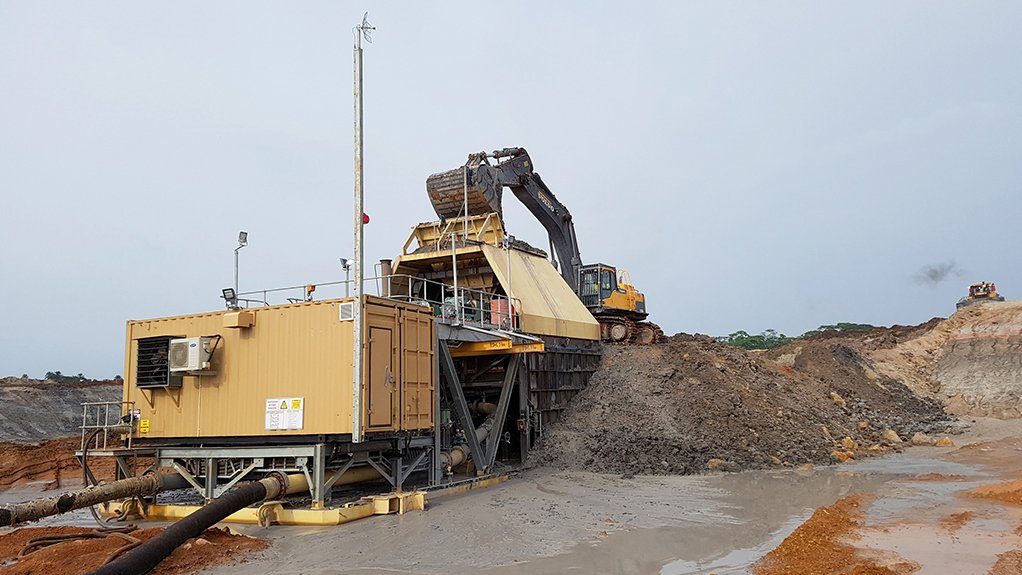
+27 010 824 1350
The Offices of Hyde Park Block B Strouthos Place Hyde Park Sandton 2196 South Africa

Transformer total cost of ownership in focus
Taking into account the total cost of running and maintaining a transformer over its lifespan is an important consideration in ensuring a cost-effective purchase, explains Trafo Power Solutions MD David Claassen.
“The rated power of a transformer is usually among the key determinants of its capital cost, but there are various design differences which will also come into play,” says Claassen.
To help the purchaser to effectively assess the capital cost, transformer manufacturers need to provide a detailed data sheet indicating required parameters such as losses, windings material and environmental conditions.
“The next main area of costs is operational – in other words, the running and maintenance costs,” explains Claassen. “Running cost is essentially the cost of electricity, measured in kWh. These costs are affected by the efficiency of the transformer. All transformers have both no-load losses and load losses. The monthly cost of electricity for low-loss transformers is lower than that of those with higher losses. However, the capital cost of a low-loss transformer will be higher owing to the design requirements to meet lower losses.”
He points out that maintenance costs vary considerably between oil-cooled transformers and dry-type transformers, which are air-cooled. Oil type transformers require regular oil samples to be regularly taken to provide insight into the condition of the unit and any possible areas of underperformance.
“In dry-type transformers, the absence of oil as a coolant significantly reduces the maintenance cost,” he says. In addition, dry-type transformers tend to have less instrumentation, with a focus on temperature variation and surge protection, which means less maintenance of the transformers’ instrumentation.
“The next big cost factor to consider is the installation cost of the transformer,” says Claassen. “There are regulations that govern where and how transformers are installed, depending on their characteristics – such as their fire hazard level and their potential danger to the environment.”
Oil cooled transformers are generally classified as hazardous fire risks, so must be located at a safe distance from human activity, and require systems to detect and suppress a fire in the transformer, should this occur. There is also a requirement for containment of oil, in case of a leak or rupture, to avoid environment damage.
Rated as Class F1 for fire safety, dry-type transformers can be safely installed indoors and in confined spaces. Where an outdoor location is required, a concrete plinth is usually sufficient as a base.
“When considering the total cost of ownership – in other words, the capital cost plus operational cost plus installation cost – there is a compelling argument in favour of dry-type transformers, particularly for applications of 5 MVA and below, up to a voltage level of 33 kV,” Claassen says.




